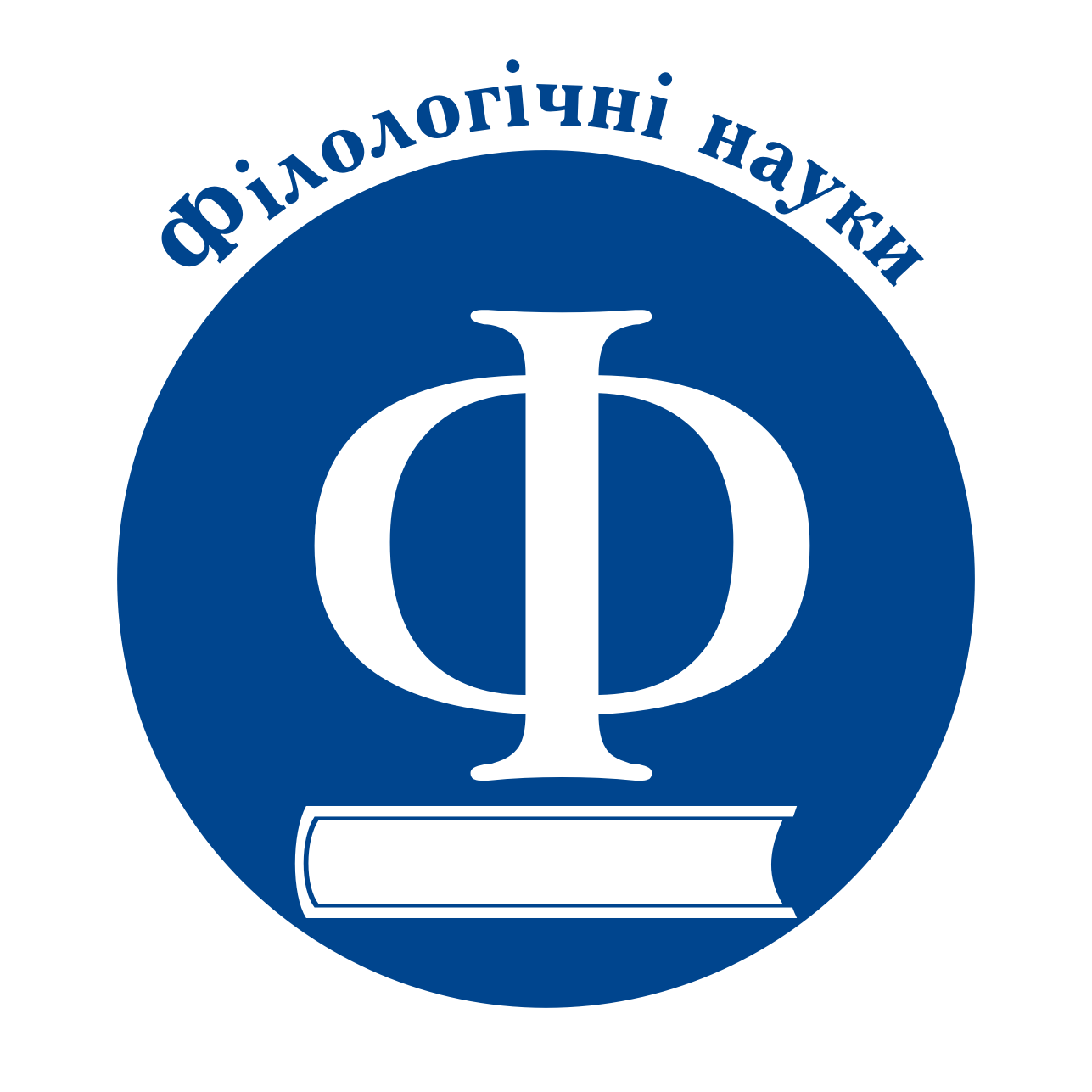THE AHASVER MYTHOLOGEME IN THE SHORT STORY BY JAMES GRAHAM BALLARD “THE LOST LEONARDO”: THE INVARIANT AND TRANSFORMATION
Published 2024-12-30
Keywords
- апокрифічна легенда, мотив безсмертя, семантична інверсія, мідл-література, кроскультурний діалог, екфразис
- apocryphal legend, immortality motif, semantic inversion, middle grade literature, crosscultural dialogue, ekphrasis
Abstract
The purpose of the research is to trace the transformation of the Ahasver mythologeme in J. G. Ballard’s short story “The Lost Leonardo” (1964) in the cross-cultural dialogue with the apocryphal legend and the invariant “core” (“hard core”) of the mythologeme. The achievement of this purpose is realized through a comprehensive methodology represented by general scientific methods such as analysis and synthesis. The comparative-typological method was used to identify similarities and differences in the interpretation of the Ahasver mythologeme as the cross-cutting one in “the text of culture”. The method of close reading, structural-semantic and intertextual methods were applied in the textual examination of the literary works. The main strategy is a comparative approach which is promising for a cross-cultural study. Results. The study analyzes the original variant of the recoded Ahasver mythologeme in the middle grade literature. In this aspect, J. G. Ballard’s short story “The Lost Leonardo” (1964) has not been a subject of special study yet. As a result of theoretical generalizations and typologization of analytical observations of the corpus of works containing the Wandering Jew mythologeme, we described the structural-semantic construct of the Ahasver mythologeme in correlation with the apocryphal legend; analyzed the methods of recoding it in the art-detective short story of J. G. Ballard; traced the dual appeal of the middle grade literature to the masses and intellectuals which is highlighted by attention to the reader. It was found that J. G. Ballard’s story about Ahasver-artist performs culture-trager functions, entertaining the recipient. Due to the saturation of the context with “cultural signs”, it contributes to the reader’s intellectualization and increasing their self-esteem. The genre structures of the art-detective activate the receptive potential of the work. The conclusions show that J. G. Ballard resorts to the principle of “dual coding” in the fictional realization of the Ahasver mythologeme. He synthesizes the conceptual issues and the artistic mastery of “high” prose with the attitudes of mass and middle grade literature towards entertainment. In this way, balancing on the edge of invariant and variant components of the Ahasver mythologeme, the author offers his own version. It is distinguished from the invariant by the inversion of the dominant motive of immortality, the aesthetic problems of the story, the original character of the Eternal Wanderer, who is an artist, the intertextual interaction of literature and painting, the open ending and the paradoxical resolution. Of the two endings of the legend about the Eternal Jew, the author prefers the one which offers forgiveness to the Eternal Wanderer.
References
- Малиновський А. Антропологія української прози першої половини XIX століття. Культурні трансфери : монографія. Київ : Талком, 2022. 560 с.
- Марценішко В. Трансформація образу Агасфера в сучасній літературі. Вісник Львівського університету. Серія філологічна. 2004. Вип. 33. Ч. 2. С. 31–35.
- Нямцу А. До проблеми функціонування «літературних архетипів» у європейському загальнокультурному контексті. Слово і Час. 2009. № 2. С. 3–14.
- Поліщук Н. Трансформація міфологеми Агасвера в західноєвропейській літературі ХІХ–ХХ ст. : автореф. дис. … канд. філол. наук : 10.01.04. Львів, 2001. 20 с.
- Тодоров Ц. Поняття літератури та інші есе. Київ : Києво-Могилянська академія, 2006. 162 с.
- Ballard J.G. The Lost Leonardo / The Complete Short Stories, Volume 2. URL: https://bookreadfree.com/9557/268488.
- Ilinska N.I. Strategies of myth-making in the historical and philosophical discourse of the novel “The Wandering Jew” by S. Heym. World literature at the intersection of cultures and civilizations : collective monograph / H.I. Bokshan, N.I. Ilinska, O.V. Keba, J.O. Pomohaibo, etc. Lviv-Toruń : Liha-Pres, 2019. P. 18–35.
- Ilinska N.I. “The gospel according to Ahasuerus”: apocryphal discourse of the novel “The Wandering Jew” by S. Heym. Development of philology and linguistics at the modern historical period: collective monograph / H.I. Bokshan, S.V. Holyk, N.I. Ilinska, O.V. Keba, etc. Lviv-Toruń : Liha-Pres, 2019а. P. 36–50.
- Sweeney Seamus J.G. Ballard and the lost Leonardo / http://thedabbler.co.uk/2014/09/j-g-ballard-and-the-lost-leonardo.

